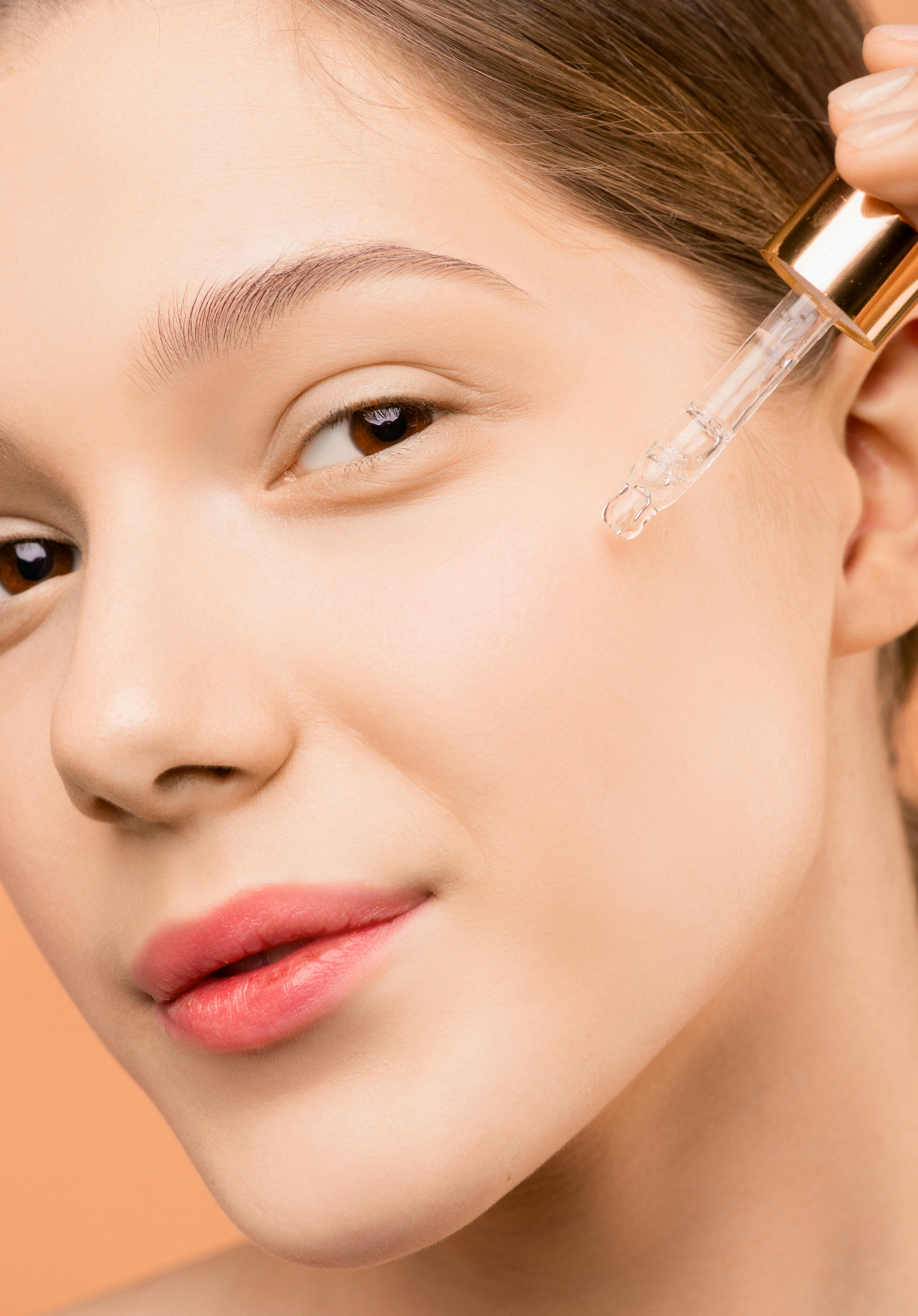At-Home Treatments: When to Try and When to See a Professional
Deciding whether a skin, hair, or cosmetic concern can be managed at home or needs professional attention depends on the condition, the products involved, and your goals. This article outlines practical signs to try DIY remedies or book an appointment, covering skincare, haircare, makeup safety, suncare, and ingredient considerations.

This article explains how to choose between at-home treatments and professional care across skincare, haircare, and cosmetic routines. It focuses on practical indicators—severity, persistence, product strength, and risk of side effects—that help determine when a DIY approach is appropriate and when to seek trained expertise. The guidance covers cleansing, hydration, serums, retinoids, sunscreen, scalp concerns, and sustainability-minded choices.
This article is for informational purposes only and should not be considered medical advice. Please consult a qualified healthcare professional for personalized guidance and treatment.
Skincare: Which issues are safe to treat at home?
Minor dryness, mild acne, routine cleansing, and basic exfoliation are commonly managed at home using gentle cleansers, moisturizers, and over-the-counter serums. For hydration, choose humectants like hyaluronic acid and emollients such as ceramides to restore barrier function. If you introduce active ingredients like retinoids, start slowly and monitor for irritation. Persistent redness, sudden rashes, open sores, or skin changes that don’t improve after a few weeks are signs to consult a dermatologist rather than escalate treatments yourself.
Makeup and cosmetics: How to assess ingredient safety
Makeup and cosmetics are generally safe when used as directed, but ingredient sensitivity and contamination risks mean caution is warranted. Replace mascara every three to six months, avoid sharing lip or eye products, and patch-test new formulations if you have sensitive skin. If you experience persistent itching, swelling, or allergic reactions after using a product, stop use and seek professional advice. For complex concerns like chronically inflamed eyelids or severe contact dermatitis, an evaluation by an eye specialist or dermatologist is appropriate.
Sunscreen and suncare: When to manage at home
Daily sunscreen application, protective clothing, and limiting peak sun exposure are essential and well-suited to at-home routines. Use broad-spectrum sunscreen with appropriate SPF and reapply as directed. For sunburns, cool compresses, hydration, and soothing moisturizers can help; seek care for severe or blistering burns, signs of infection, or extensive skin breakdown. If you plan to use potent photosensitizing agents such as prescription retinoids or certain chemical peels, coordinate with a professional about timing and suncare strategies.
Haircare and scalp: DIY treatments vs professional help
Basic haircare—regular cleansing, conditioning, targeted serums, and occasional masks—typically works at home. For scalp concerns like mild dandruff, medicated shampoos containing zinc pyrithione, ketoconazole, or selenium sulfide can be effective. However, persistent hair loss, rapidly spreading scalp inflammation, painful lesions, or suspected infections warrant a visit to a trichologist, dermatologist, or licensed hairstylist. Procedures such as chemical straightening, strong bleaching, and in-salon scalp treatments should be handled by trained professionals to limit damage.
Serums, retinoids, moisturizers, and routines: How to introduce actives
Introduce actives incrementally: start with lower concentrations and a simple routine—cleanse, apply serum or targeted treatment, moisturize, and apply sunscreen in the morning. Retinoids can improve texture and aging signs but may cause irritation; begin with a low-strength product and increase frequency gradually. Layering multiple potent actives (strong acids, retinoids, and certain vitamin C formulas) can increase risk of irritation; consult a skincare professional if you’re unsure how to combine ingredients safely. Document changes and give new products several weeks to show effects before switching.
Sustainability, local services, and choosing professional care
Consider sustainability when selecting products and services: look for transparent ingredient lists, recyclable packaging, and brands that disclose sourcing practices. When choosing local services in your area, check credentials, reviews, and whether providers follow hygiene and safety standards. For treatments involving needles, lasers, or chemical agents, verify that the practitioner is licensed and that the facility follows sterilization protocols. For non-medical services such as haircuts or makeup application, balance stylist experience with environmental considerations like product waste and refill options.
Conclusion
Knowing when to try an at-home approach and when to see a professional comes down to risk, severity, and desired outcomes. Routine cleansing, hydration, sunscreen use, and basic haircare are often safe to manage yourself with evidence-based products. Seek professional evaluation for persistent, severe, or rapidly changing conditions, for treatments involving strong actives or invasive procedures, and when safety or long-term results are priorities.





